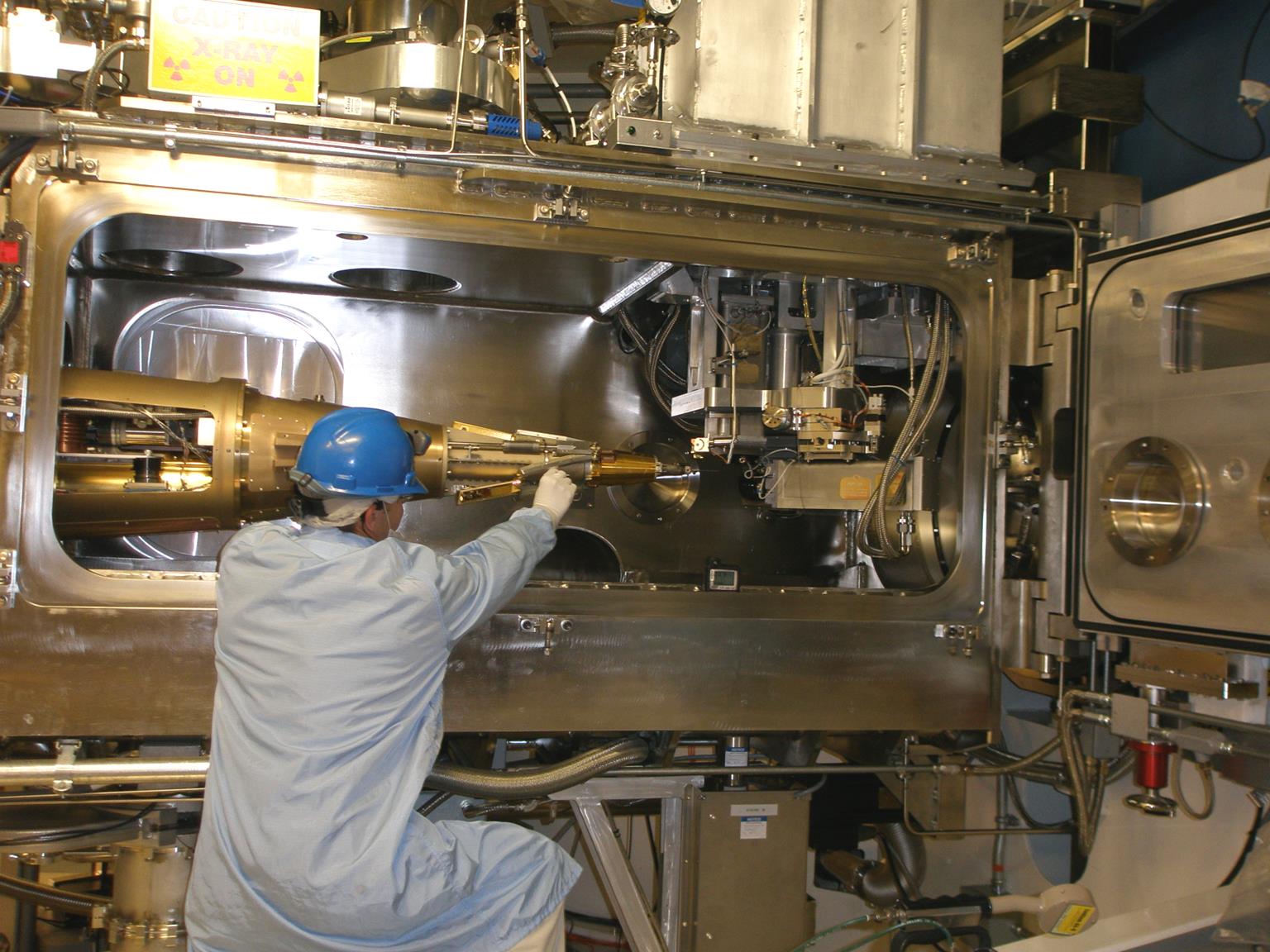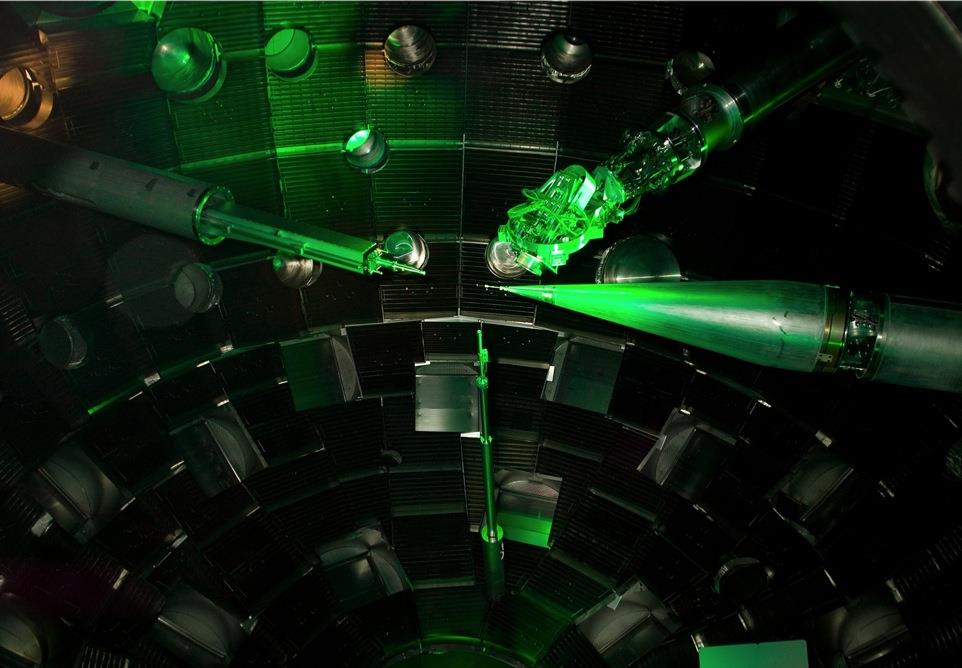 December 5, 2022, marked a historic breakthrough in the field of fusion research as scientists achieved ignition, a momentous achievement that has been a scientific grand challenge spanning over 50 years. The National Ignition Facility (NIF) within the Lawrence Livermore National Laboratory (LLNL) achieved an igniting fusion reaction where the nuclear energy output surpassed the input of optical energy—a remarkable feat known as ignition.
December 5, 2022, marked a historic breakthrough in the field of fusion research as scientists achieved ignition, a momentous achievement that has been a scientific grand challenge spanning over 50 years. The National Ignition Facility (NIF) within the Lawrence Livermore National Laboratory (LLNL) achieved an igniting fusion reaction where the nuclear energy output surpassed the input of optical energy—a remarkable feat known as ignition.
The journey towards ignition has been a scientific grand challenge, a quest spanning over five decades. Scientists have relentlessly pursued the dream of harnessing the boundless power of nuclear fusion—a process that fuels the sun and stars—to potentially generate clean and virtually limitless energy here on Earth. Yet, this milestone was elusive, requiring revolutionary advancements in technology, extraordinary precision and a deep understanding of the intricacies of plasma physics and high energy density science.
NIF, renowned as the worldʼs most energetic laser, played a pivotal role in this breakthrough. Armed with more than two megajoules of 351nm ultraviolet (UV) light, NIF focused its 192 laser beams with unparalleled precision. These beams triggered the generation of X-rays, which, in turn, compressed the deuterium-tritium (DT) fuel—an approach known as “Indirect Drive Inertial Confinement Fusion.”
 Achieving ignition demanded the meticulous fabrication of a micro-assembled “target,” consisting of more than 100 intricate components. The heart of this target was a near-perfect, 50-70μm thin DT ice layer housed inside a spherical ablator sphere. To ensure perturbation-free compression, each component in the target had to work with precision. Of particular significance was the ablator capsule, featuring a nano-crystalline diamond with graphitic grain boundaries and centering to within 10μm using two 45nm thick membranes.
Achieving ignition demanded the meticulous fabrication of a micro-assembled “target,” consisting of more than 100 intricate components. The heart of this target was a near-perfect, 50-70μm thin DT ice layer housed inside a spherical ablator sphere. To ensure perturbation-free compression, each component in the target had to work with precision. Of particular significance was the ablator capsule, featuring a nano-crystalline diamond with graphitic grain boundaries and centering to within 10μm using two 45nm thick membranes.
Crafting the DT ice layer required a sequence of finely tuned steps—filling liquid DT, quenching to form DT solid, melt-back to leave a single seed and growing a single crystal layer. These processes were carefully orchestrated to control ice growth rates and minimize defects that could disrupt uniform compression of the fuel. A phenomenon known as beta-layering was employed to mitigate imperfections and facilitate the formation of a spherical layer inside the capsule.
Accurate characterization and examination of the ice layers were made possible through sophisticated X-ray imaging and a suite of diagnostic instruments. Target thermometry and heaters were essential in achieving submicron uniformity of the DT ice. Grooves formed by vapor etching were effectively pinned by thermal gradients, generated by the beta decay of tritium, preventing them from interfering with the compression process.
With ignition achieved, the team now embarks on a new chapter, seeking even higher gains using NIF. While the road ahead may be challenging, the implications are profound. Beyond supporting the nation's stockpile stewardship mission, NIF serves as a springboard for Inertial Fusion Energy (IFE)—a pivotal vision of harnessing fusion as a practical and sustainable energy source.
 The quest for IFE is not merely an ambition of scientific curiosity; it represents a transformative shift in humanity's relationship with energy. The promise of a clean and virtually limitless power source has long captivated the imaginations of scientists, policymakers and energy enthusiasts worldwide. While the journey towards commercial fusion energy is far from over, the achievement at NIF represents a significant leap forward. Achieving IFE requires not only continued technological advancements but also international collaboration and public support. Fusion research is a global endeavor that transcends geopolitical boundaries. Countries and research institutions around the world are pooling their knowledge and resources to collectively unlock the power of fusion. The international collaboration in fusion research reflects the understanding that the quest for clean and abundant energy is a shared global responsibility.
The quest for IFE is not merely an ambition of scientific curiosity; it represents a transformative shift in humanity's relationship with energy. The promise of a clean and virtually limitless power source has long captivated the imaginations of scientists, policymakers and energy enthusiasts worldwide. While the journey towards commercial fusion energy is far from over, the achievement at NIF represents a significant leap forward. Achieving IFE requires not only continued technological advancements but also international collaboration and public support. Fusion research is a global endeavor that transcends geopolitical boundaries. Countries and research institutions around the world are pooling their knowledge and resources to collectively unlock the power of fusion. The international collaboration in fusion research reflects the understanding that the quest for clean and abundant energy is a shared global responsibility.
The significance of achieving ignition at NIF extends beyond the realm of energy production, with far-reaching implications for our understanding of astrophysics and high energy density science. The knowledge gained from these experiments expands our comprehension of the universe and holds the potential to provide invaluable insights into the fundamental workings of stars and supernovae. As the research community continues to explore higher gains and new frontiers, nurturing the next generation of scientists and engineers becomes of paramount importance. Fusion research demands a diverse and skilled workforce spanning multiple disciplines, from plasma physics to materials science and engineering. Investing in education and training programs is vital to ensure the sustainability of fusion research and to cultivate the bright minds that will carry the torch forward. Ignition at NIF marks a momentous turning point in the journey towards inertial fusion energy—a transformative vision that has never been more compelling. As researchers, policymakers and the public unite to support fusion research, we inch ever closer to realizing a future powered by the boundless energy of the stars. This journey towards fusion energy is not merely about fulfilling our energy needs; it is a quest to transform our world for the better.
Image 1: The fusion research system containing a cryostat at the National Ignition Facility. Credit: Suhas Bhandarkar; Image 2: The target is tiny on the scale of the target chamber and requires careful alignment. Credit: Suhas Bhandarkar; Image 3: ICF target on NIF. Credit: Suhas Bhandarkar



